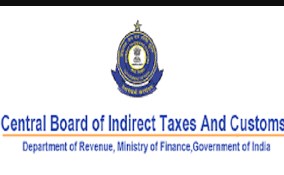Threshold for Mandatory e-invoicing Lowered to ₹50 Crore
The Central Board of Indirect Taxes and Customs (CBIC) recently notified that the finance ministry has decreased the threshold for mandatory e-invoicing from rupees 100 crores to rupees 50 crores. This new rule will come into effect from April 1, 2021.
Highlights
e-invoicing involves the reporting details of the specified Goods and Services Tax documents to the government-notified portal and to obtain a reference number. The IT systems provider for GST called GSTN claims that there exists not a larger difference between present system and the new one. The registered persons also seek to create the GST invoices on their own accounting or billing or ERP systems. These invoices are reported to the “Invoice Registration Portal (IPR)”. When the reporting is done, the IRP returns the e-invoice with unique Invoice Reference Number (IRN) after the e-invoice is signed digitally and a QR Code id added. This invoice was issued to the receiver along with the QR Code. This GST invoice will be valid only with the valid IRN.
Central Board of Indirect Taxes and Customs (CBIC)
It is the nodal national agency which is responsible to administer the Customs, Central Excise, GST, Service Tax and Narcotics in India. This department was established in 1855 by then British Governor General of India. It was established with the objective of administering the customs laws in India. This department is the oldest government departments in India. Currently, the department comes under the Department of Revenue, ministry of Finance.
Goods and Services Tax Network (GSTIN)
The GSTIN software is developed by the Infosys Technologies and the Information Technology network. It is a non-profit organisation which was established to create a sophisticated network which is accessible to the stakeholders, taxpayers and government to access the information from the single portal.
Month: Current Affairs - March, 2021







